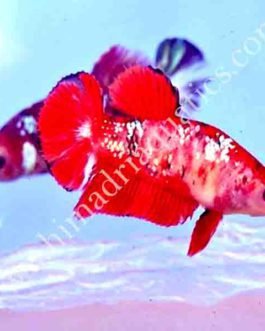Sale!
Apistogramma cacatuoides Orange flash large sized ( 2.5 inch sized 1 fish)
Original price was: ₹2300.₹1100Current price is: ₹1100.
Out of stock
Email when stock available
Description
Quantity – 1 pcs
Size – 2.5 inch
Note- this particular product can be shipped to Kerala, Karnataka, Tamil Nadu, Maharashtra, Gujarat, Goa, Andra Pradesh and Telangana. Outside these places we are selling only at customer’s risk..
Only logged in customers who have purchased this product may leave a review.










Reviews
There are no reviews yet.